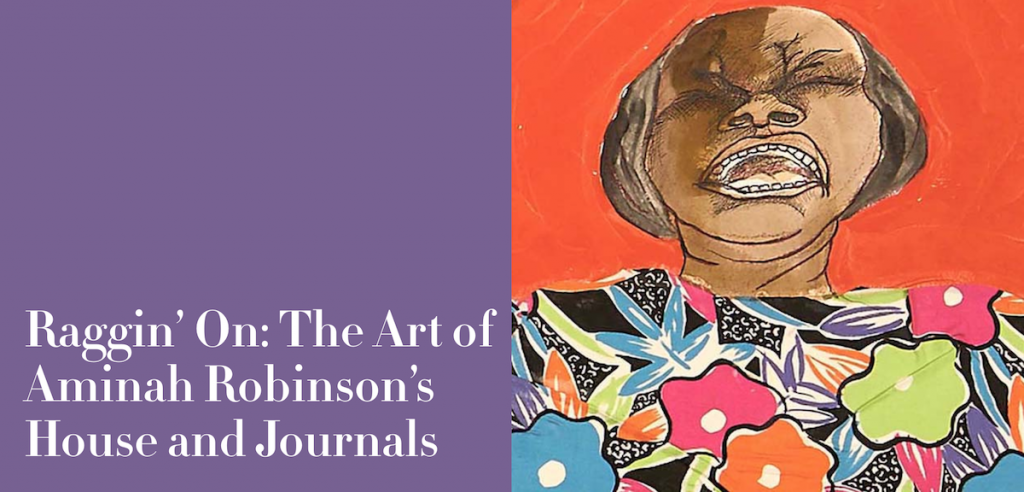Culture
Columbus Museum of Art Celebrates Work of Aminah Brenda Lynn Robinson With Book and Major Exhibition
By: Emily Votaw
Posted on:
Columbus Museum of Art Curator-at-Large Carole Genshaft first met artist Aminah Robinson in the 1980s – and from the moment Genshaft set foot in the artists’ house, she knew she’d entered a sacred space.
“The first time I went to her house, I was really just overwhelmed and just had this sense that it was a very special place that had almost mystic mystic atmosphere,” said Genshaft. “It was quite wonderful.”
Robinson passed away in 2015, and left almost her entire estate to the Columbus Museum of Art. The museum, in conjunction with the Greater Columbus Arts Council and The Columbus Foundation, has since established the Aminah Robinson Fellowship and Residency – the Fellowship being open to any African American artist residing in Columbus and the Residency open to any African American artist in the United States. Artists awarded the Residency will live and work in Aminah’s home, which has been lovingly renovated by the Columbus Museum of Art for just these purposes.
The Columbus Museum of Art is also honoring Robinson’s legacy with a major exhibition and book entitled Raggin’ On: The Art of Aminah Brenda Lynn Robinson’s House and Journals. The exhibition will be on display through October 3, 2021, and the book, which received a 2021 Ohioana Book Award, is available through Ohio University’s Swallow Press.
Genshaft said one can best understand Robinson’s philosophy of art in reading the artist’s own description of its aim.
“Perhaps one of the most amazing things we found when we began organizing and sorting out the house (were her journals). We knew there would be a lot of art, but there were over 150 journals. She was prolific writer. (…) In one of the journals, she says the mission of her work is ‘to fill in the blank pages of American history,’ and for more than seven decades, she did that by documenting the lives and events of both ordinary and extraordinary African Americans,” said Genshaft. “It always amazes me how timely her goal and mission was. It dated back to the time she was a teenager, and maybe even before that, in the ’50s and ’60s. So it’s an amazing body of work and she never really departed from that, that vision, that focus, even though she would experiment with many different media and processes, there was always this underlying almost obsession with recording history and with making people who were invisible, visible.”


